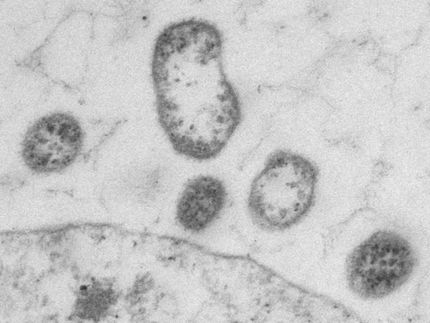New vaccine against HPV infections imminent
Advertisement
Nine sub-types of the human papillomavirus are responsible for 85 per cent of pre-cancerous cells of the cervix. A new vaccine being tested at the University Department of Gynaecology at the MedUni Vienna could now prevent these conditions altogether. It offers a broader spectrum of effectiveness than the vaccines currently available and targets precisely these nine dangerous sub-types.
Human papillomaviruses (HPV) infect epithelial cells in the skin and mucosal tissue and can cause tumour-like growth. Some of these viruses also develop malignant tumours, especially cervical cancer in women. Men too can develop cancer caused by HPV infections, however. Over ahundred HPV sub-types have been identified.
"We've investigated how much these 9 sub-types account for the direct pre-cancerous stages of cervical cancer," explains Elmar Joura from the University Department of Gynaecology at the MedUni Vienna. "In the case of multiple infections, which account for around 30%, we've investigated what strains the disease can be attributed to. Around 85 per cent of cervical cancer cases are triggered by these nine sub-types.
"The high effectiveness of this vaccine has already been demonstrated in a clinical phase III study, for which the MedUni Vienna was an important study centre.
If vaccination programmes are implemented comprehensively with this type of vaccine, the majority of the infections, surgery required and as aresult the development of cancer can be prevented. The vaccines that have already been licensed and which are currently used offer excellent effectivenesstoo. "Despite the high effectiveness and tolerability of HPV vaccines, the complete vaccination ratein Austria is still a long way from being adequate," says Elmar Joura. The implementation of the HPV vaccine in the childhood vaccinations programme this year and the start of the free school vaccinations campaign starting this academic year is intended to help change this situation.
The studies investigated data from 12,514 women aged between 15 and 45. The results have just been published in the American journal Cancer, Epidemiology Biomarkers and Prevention.



























































